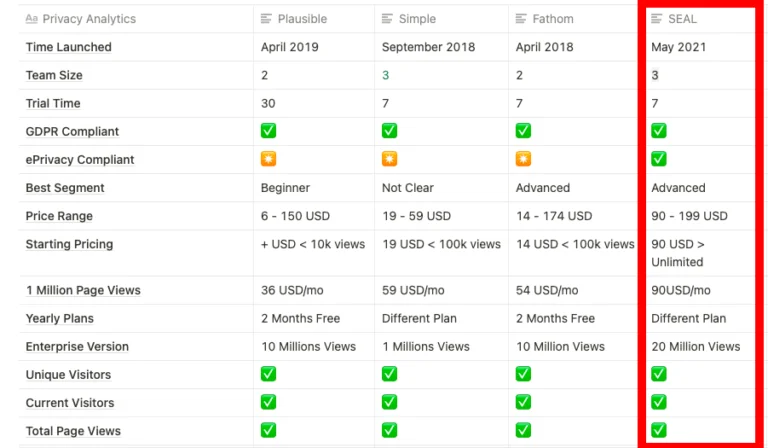Product/market fit means being in a good market with a product that can satisfy that market
Mark Andreessen
No market need(42%), Poor product(17%) and product mistiming(13%) are the main reasons behind a startup failure. So, at least 72% of startups face one of the product market-related issues directly. Making it the biggest of all challenges.
![The Top Reasons Startups Fail [Infographic]](https://blogs-images.forbes.com/niallmccarthy/files/2017/11/20171103_Startup_Failure.jpg)
Product market fit in essence, is figuring out what to build and for whom. This is the stage when the startup has figured out the key to the door. This is the stage right before you press on the gas.
How to get the market right?
The presence of competition or existing players in your business is a good sign. On the other hand, the absence of any competitors needs to be studied as to why the opportunity being perceived by you is not being exploited yet.
There are multiple ways to experiment with a market/problem statement through surveys and forums. All the places where the target audience hangs out, and interacts is also good places to start as well.
A good thing to do before building the product is to organise an audience and generate leads, thereby allowing us to test the product-solution hypothesis.
You might want to read How to get the first 1000 customers. It talks more about the marketing and distribution aspects of building.
How do we get the timing right?
You want to see some competition or players in a similar space. However, the presence of many similar competitors with no differentiation is a sign of a mature market.
A lack of competition is almost always a sign of no market or some challenges in execution which is not apparent. A good idea is to probably go after a mature market with a more refined product or similar solution but a cheaper alternative. B2B SAAS is the perfect space for such solutions.
How to get the product right?
Product development is an iterative process beginning with the customer in mind. It takes time to get it right, and this should be baked into the plan.
- The core concept of the prime feature needs to find sufficient traction before further updates and enhancements.
- The core idea needs to be simple(KISS) and valuable. Future product enhancements can happen over time.
- Feature releases should be agile in the making, with constant updates. We can avoid the Waterfall approach here, in other words, trying to build the final product or solution right at the beginning and not releasing it in incremental steps.
- Stay in constant touch with the customer base. In other words, start with the simplest solution and slowly iterate over the solution by communicating with the customer base.
In this specific B2C business case, users didn’t have to pay to use the product. The stickiness of the product is measured using their time commitment. The blue line indicates new users and the orange line represents returning users count.
Had product-market fit been achieved, the orange line would have risen along with the blue line. The business below is still a pre-product market fit. Returning user’s percentage is the metric being used to judge product fitness.

Retention Curve
Our basic product-market fit test is returning users. The next step post-arrival of returning users is to get the retention curve of active users as a percentage of those who signed up during a period (cohort analysis)
This metric will help quantify product-market fit in the long term. This number would change depending on the type of product, market, business model (consumer vs SAAS) and so on.

The above product loses most users by 120 days, a pretty lousy sign regarding product fitness. The first significant step to fix would be to figure out the reason for users to come back and then work backwards.
FB used to have a 65% annual retention rate. This meant 65% of users continued to use the product after 1 year of their signup. Working on growth or getting more users made sense since plenty stuck around.
Not solving this problem would result in a leaky bucket issue, where all users will eventually churn and not use the product. Any marketing efforts, thereby, would be useless to continue.
You can read more about Unicorns and how their valuations look shaky post-2023!

